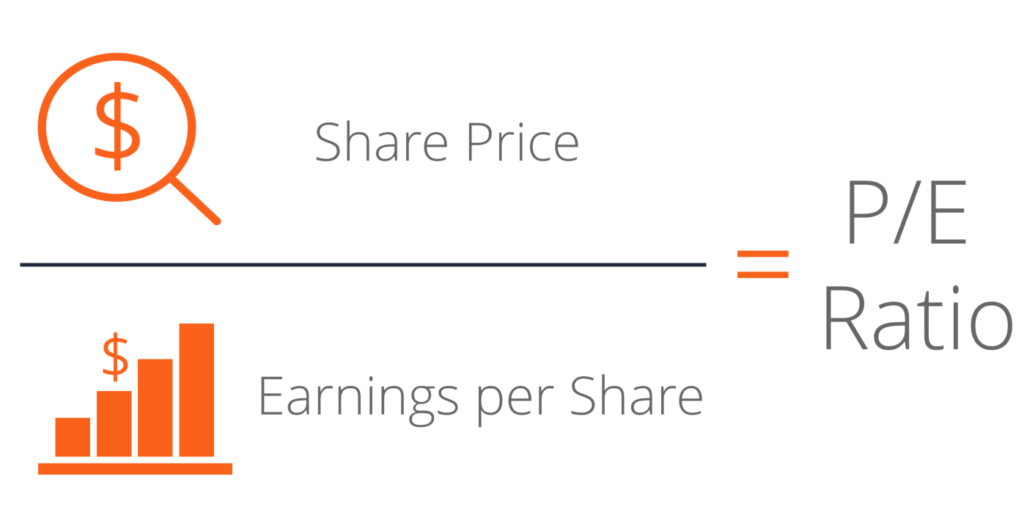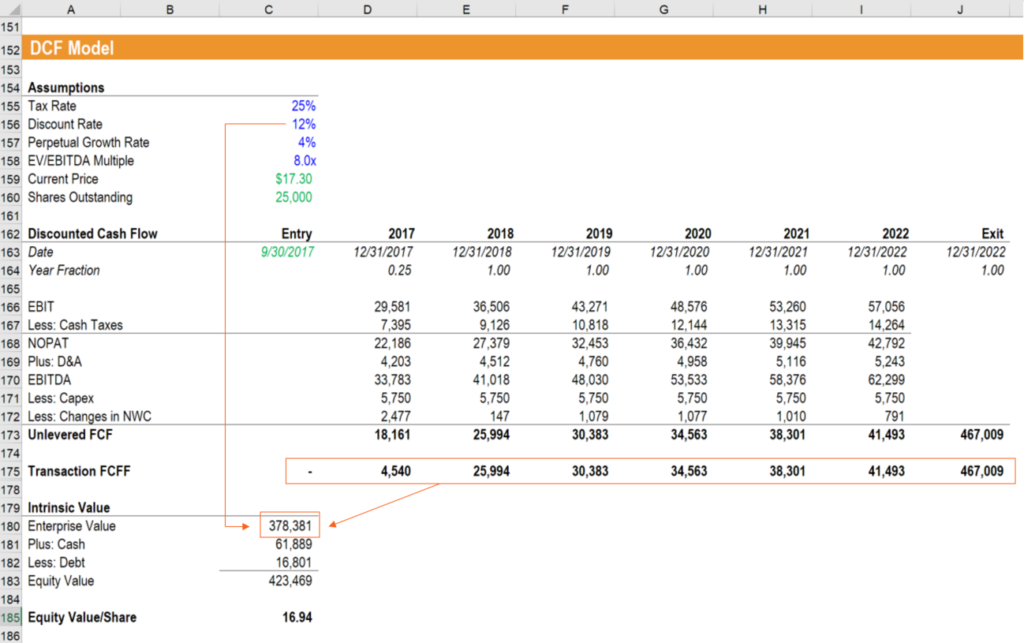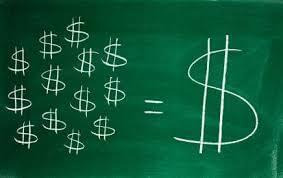

Why do you need to put a value onto your company? Is it important to you if you are in business for more than five years? Or is this just as important in startups as well? Hell yes, your business would be able to attract the right talent to grow your company; no matter the percentage of shares, they would feel the sense of belonging – don’t you think they will love their job even more? With the right valuation, you could easily land a strategic partner with cash and resources to help bring your business to the next level.

Simon is a social media influencer who can sell anything online. He is charismatic and dearly loved by his fans. He could brilliantly share anything and become viral in a blink of an eye – from junk food to lifestyle, and even from the knowledge of law to the principles of engineering. Simon attended seminars about equity funding and got fascinated by the idea of using other people’s money to build an empire business of influencer marketing. His motivation led him to meeting up with angel investors, whereby they bought his idea and asked how much investment was needed and how would they be able to obtain their shares. After further discussions, he was stunned and as they could not agree on the business value and percentage of shares requested by the angel investors.

Business valuation is a process and a set of procedures used to estimate the economic value of your interest in a business. Business valuation provides information to assist with planning and investor strategy. Other than reporting, it is also a critical component of all corporate transactions such as mergers and acquisitions, corporate restructuring and corporate recovery. There are various methods to value a business, and for SMEs it is near impossible if you have an infinite mindset of running a business. You might think “I never thought of selling the business, so how should I know what its price is now, or even in the future?”.

Before you apply any valuation method to your business, you need to have a direction, a road map. “Begin with the end in mind” is one of ‘The 7 Habits of Highly Effective People’, a bestseller by Stephen Covey. In its most basic form, it refers to always having the image of the end of your life as your frame of reference to evaluate everything else. When you think of the image, do you have the numbers? You may or may not see it in your future timeline and it is alright, you can flow back to now until you can clearly see the numbers. But will it be realistic to others? You see, these numbers are important to you and not others. You have to make sure you have picked the right valuation method for your business – one that would give rise to a valuation which represents your business perfectly.
Common Methodology
The first category of valuation method is known as Common Methodology.
1. Multiple of Revenue
Revenue per annum is multiplied with the number of times to determine the value of the company. It is a generally accepted approach for the world of venture capitals and private equities.
1.5 (Multiplier for mid-sized accounting firms) x 1,400,000 (Annual Revenues) = 2,100,000 (Business Value)
2. P/E ratio
The Price/Earnings (P/E) ratio or PER is a ratio for valuing a company that measures its current share price, relative to its per share net earnings. This method is often used to value companies with an established profitable history. Thus, it is not applicable to startups.


Bespoke Methodology
The second category is the Bespoke Methodology.
1. The Notice of Assessment Method (NOA)
A notice of assessment (NOA) is a statement sent by any creditable bodies detailing the amount of contract value that would be incurred. Such details are useful for investors to accept an estimated value of a company.
2. The Paid-Up Capital Method
It is also known as an asset based approach, considering how much did the business owner put into the business. It is usually done on liquidation basis or going concern. The balance sheet may not always have all the significant assets or the registered share capital like the company’s methods of conducting business and internally developed products. The actual value would be higher than all recorded assets of business.
3. Founding team’s past successes
The lineup of the founders of the company could have brand effects to make a company more appealing to investors, especially when the founders are well-known in the industry. Hence this valuation could benchmark their previous success fundings track record. With this, founders make a company more valuable due to the contribution of their expertise and skills set to drive the company’s mission.

Based on the methods in both categories, you can see that the easiest way to value a company is by the ‘Multiple of Revenue’ method. The rest of the methods would require sound judgement from experts to value a company. Therefore, here, we would place thorough focus on the ‘Multiple of Revenue’ methods.

Or it could further broken down to,
Or a similar approach would be,

What if you do not have any revenue, as you are just a startup. My advice is, please do not value your business solely with a pure idea. Without any traction, no investor would feel safe entrusting their money with you. Raising funds is raising a believer – starting with users that believe in your prototype, is traction. Simon had millions of social media followers, and that is awesome traction. However, his first valuation that got rejected was using the Top-Down valuation method, i.e. offering 1% of a USD1 billion market. It was a huge mistake done by Simon in the earliest stage of trying to obtain investors. When dealing with a venture capitalist, this certainly was nothing but a stupid move.
